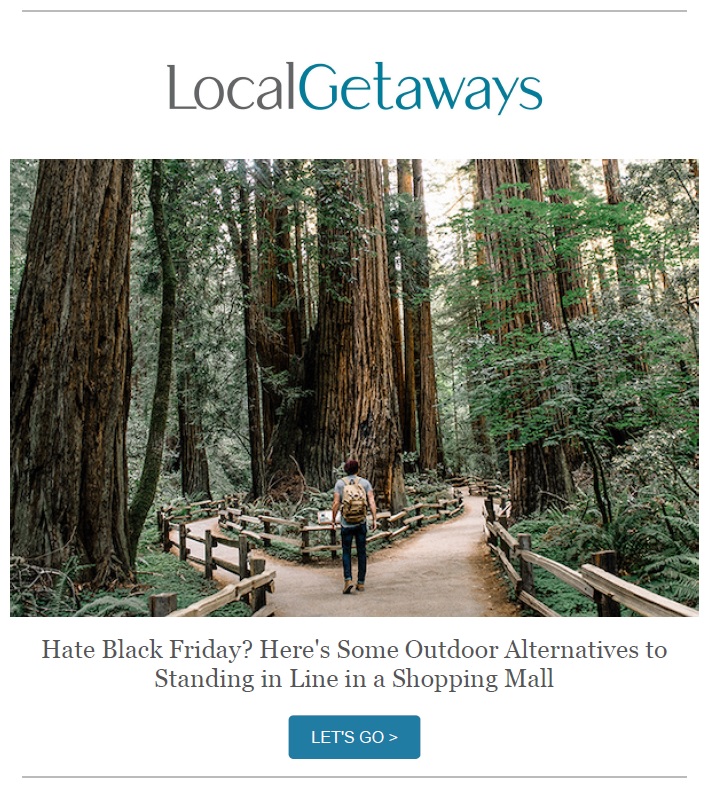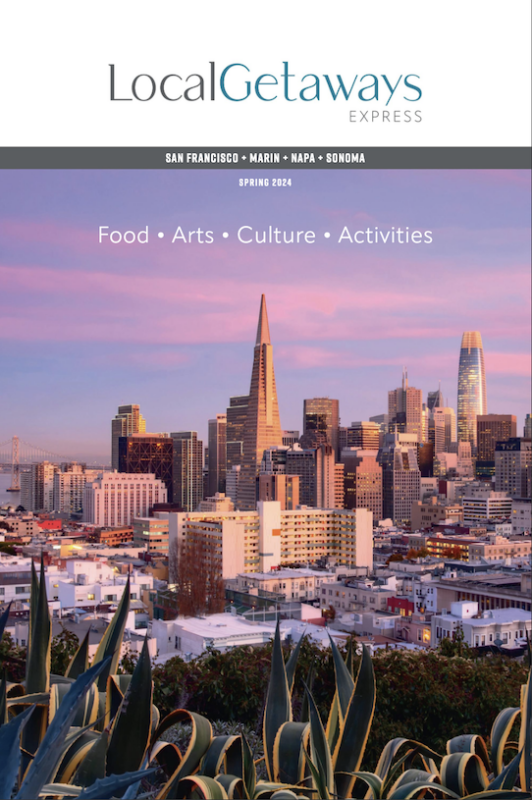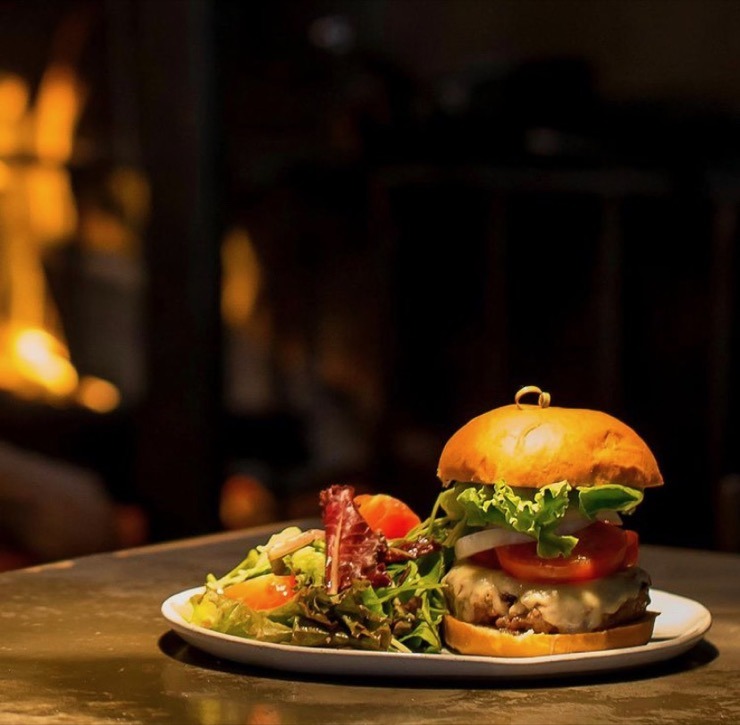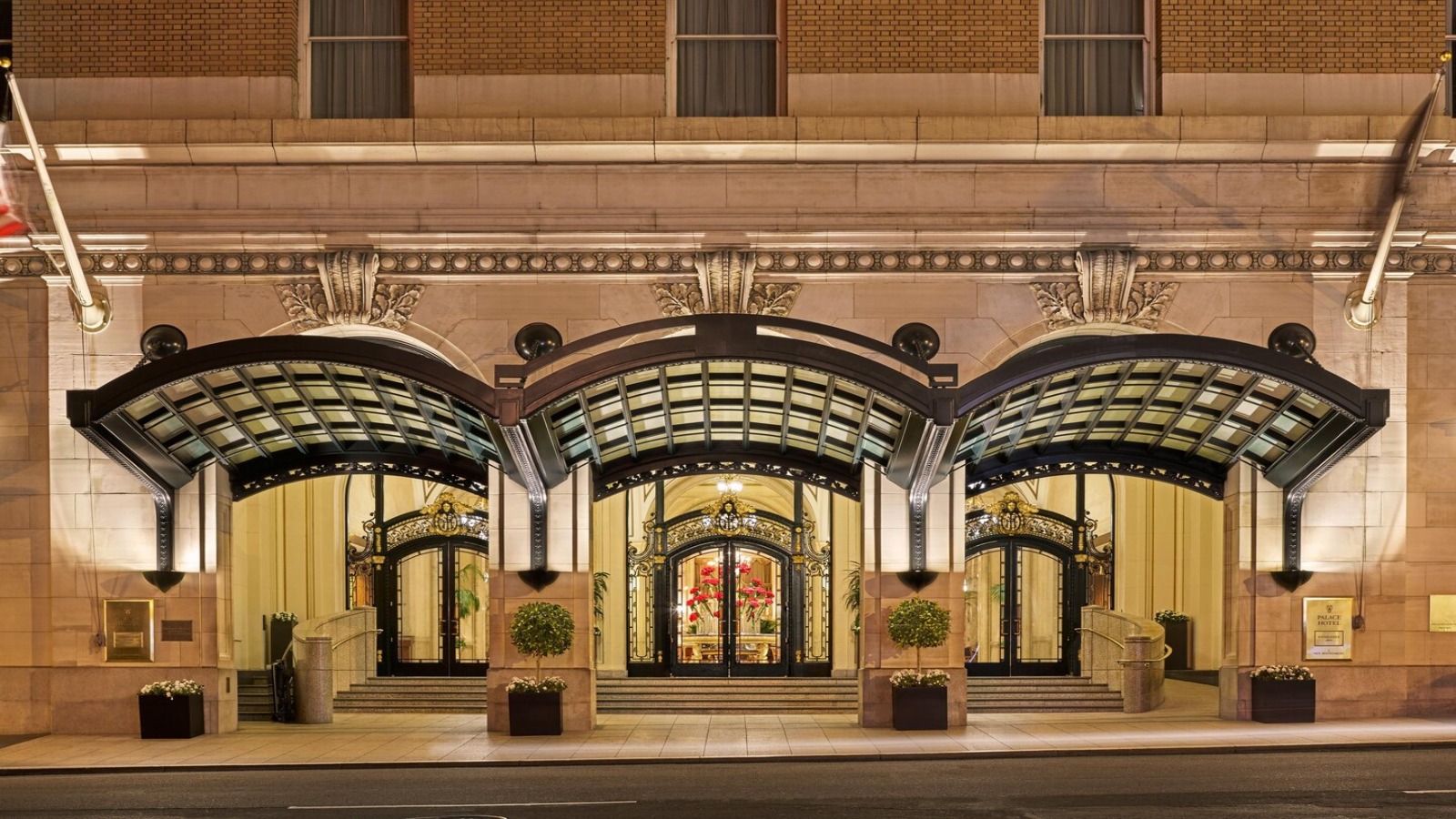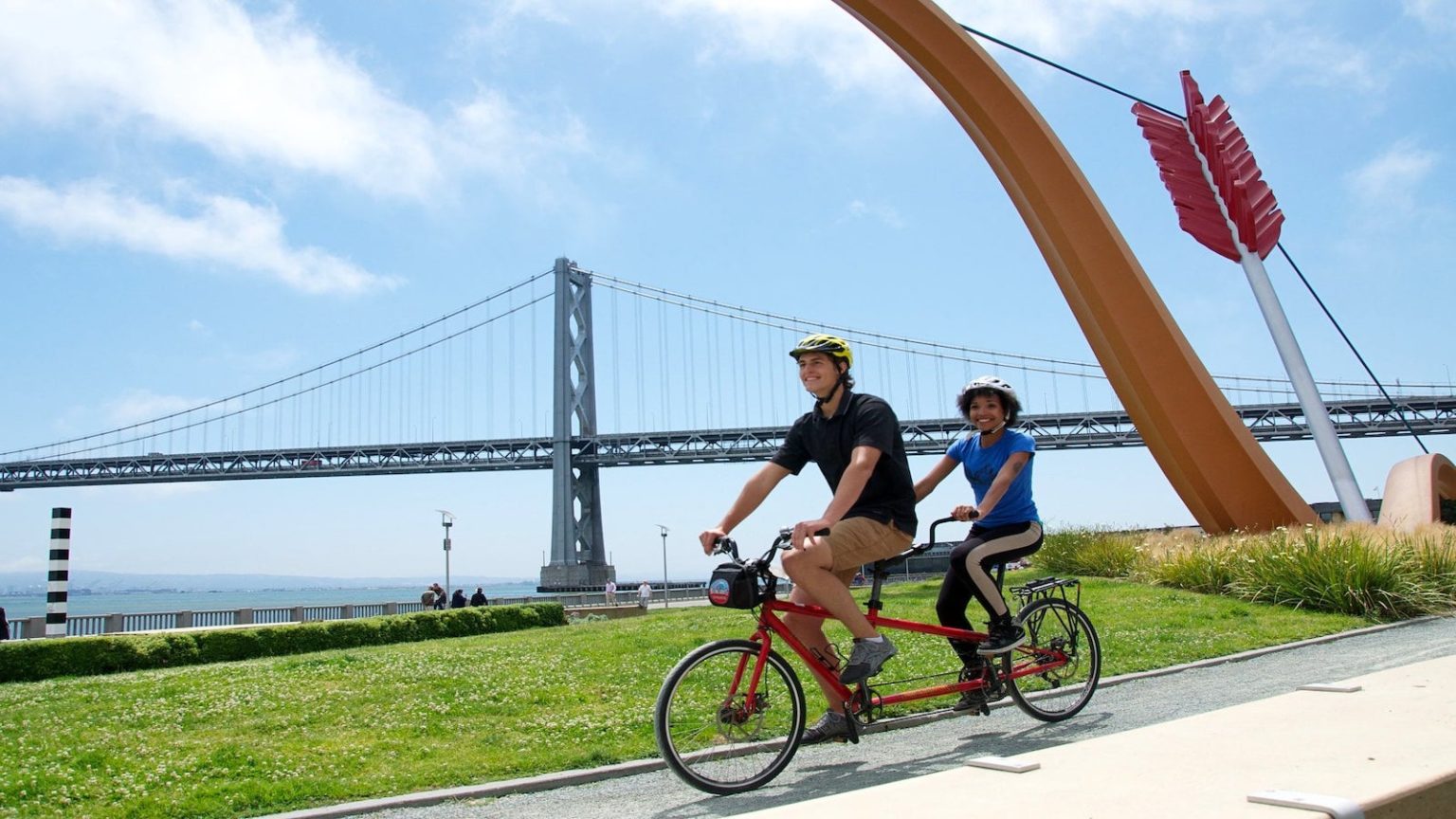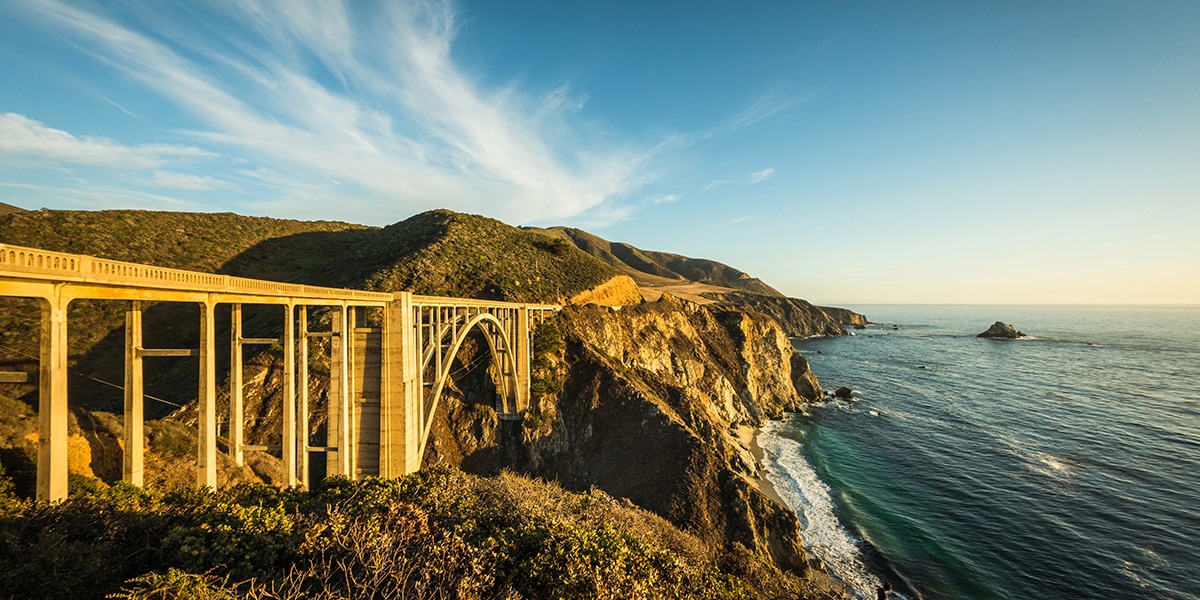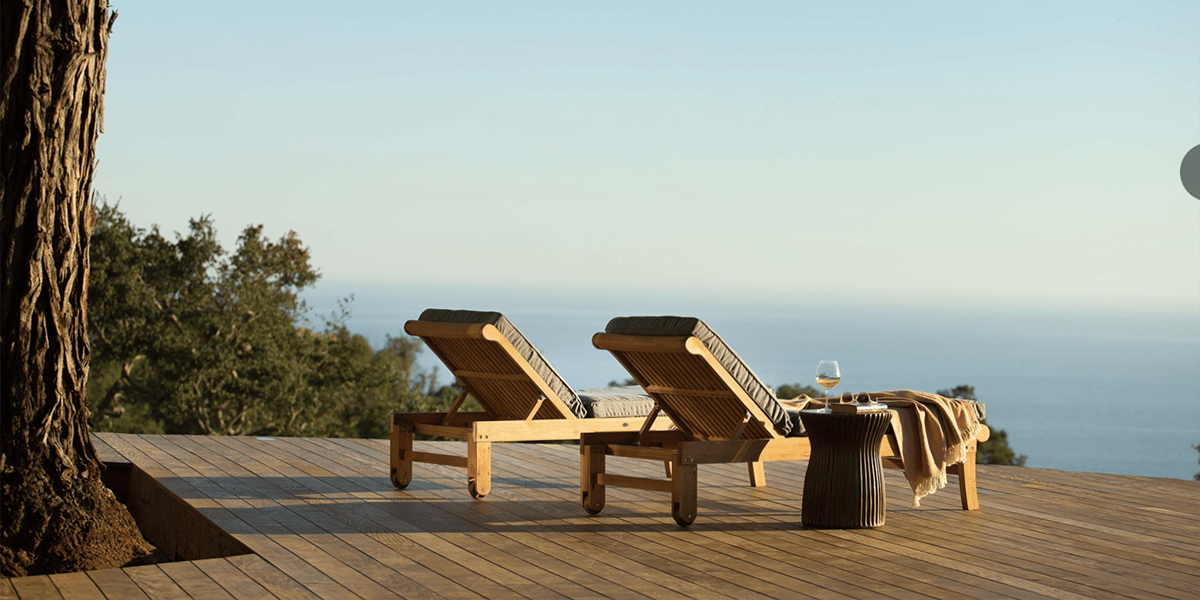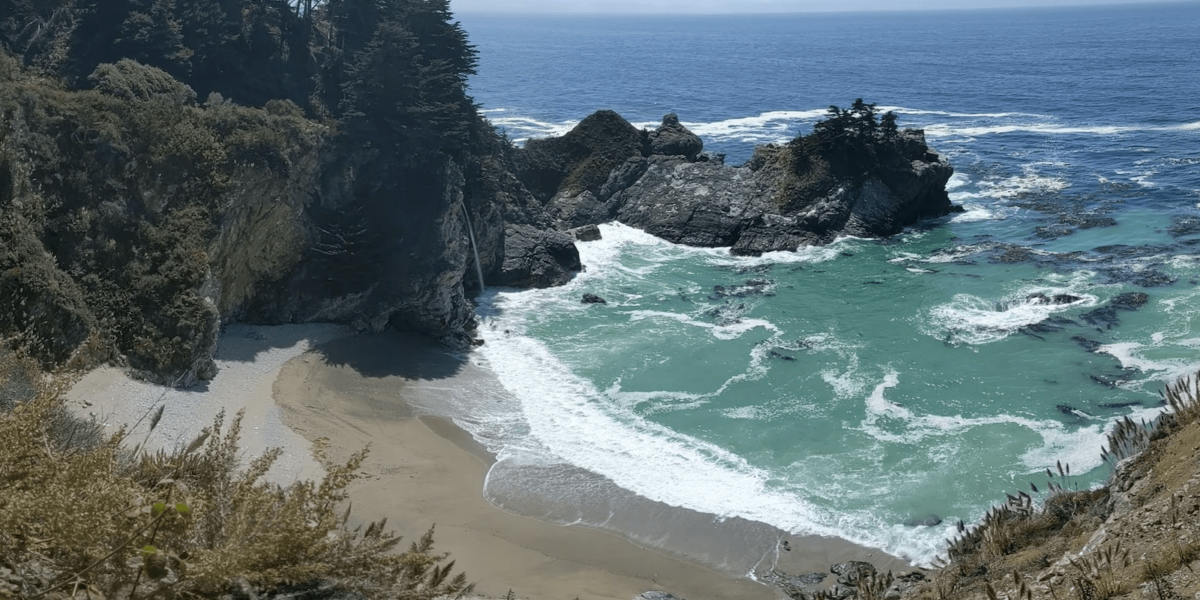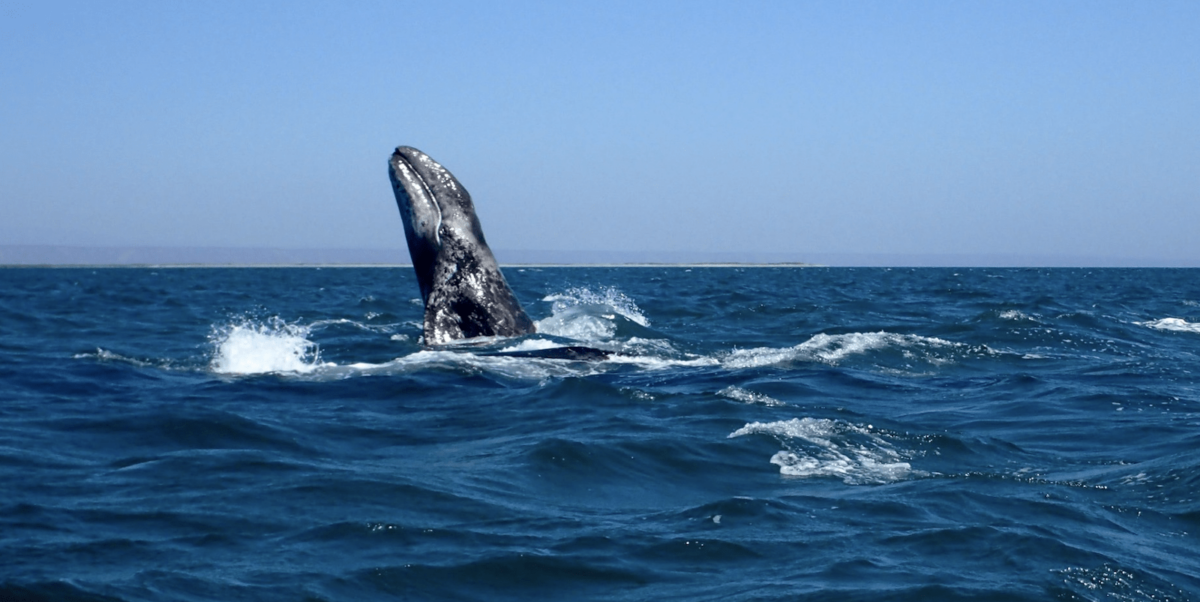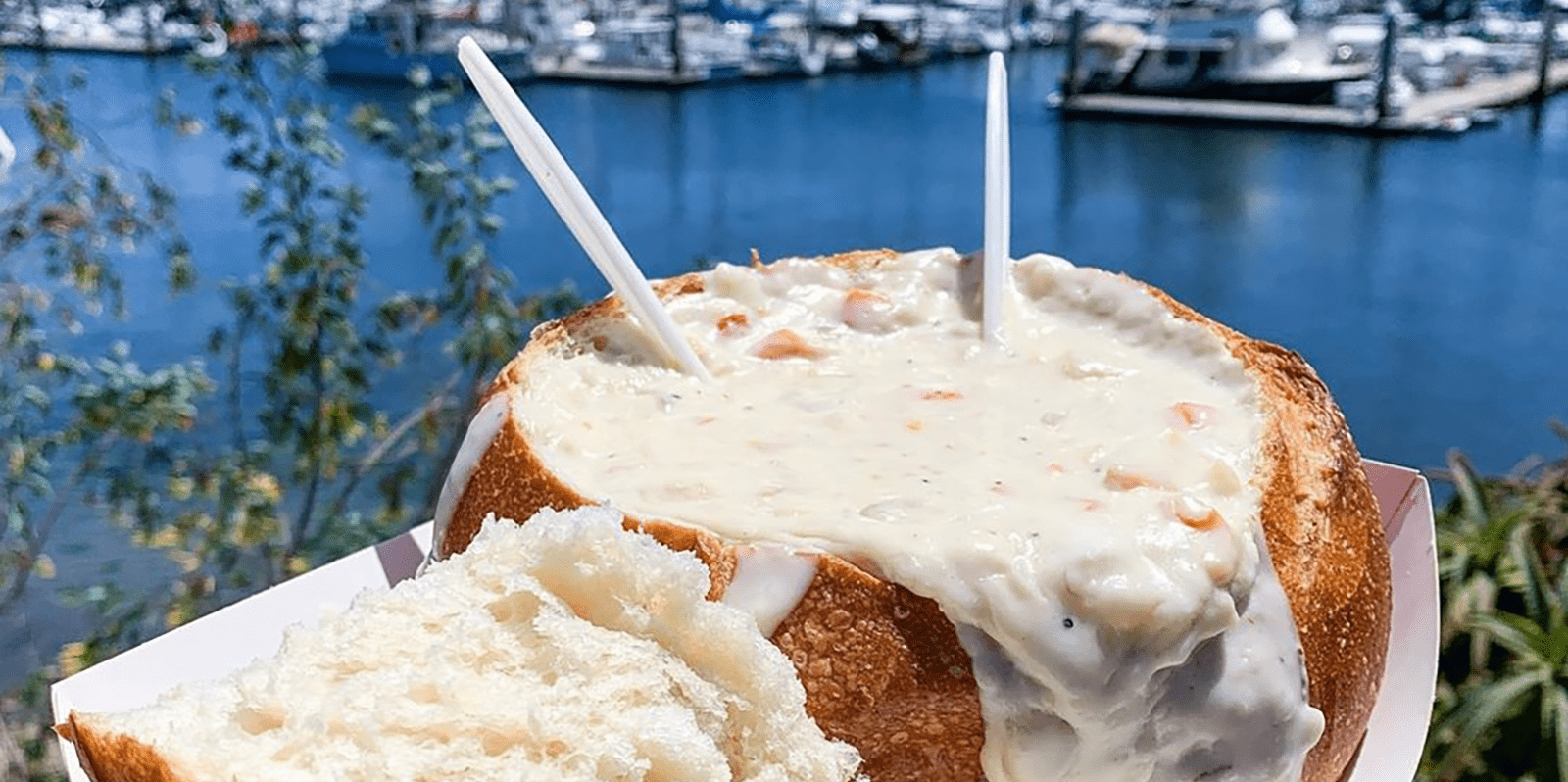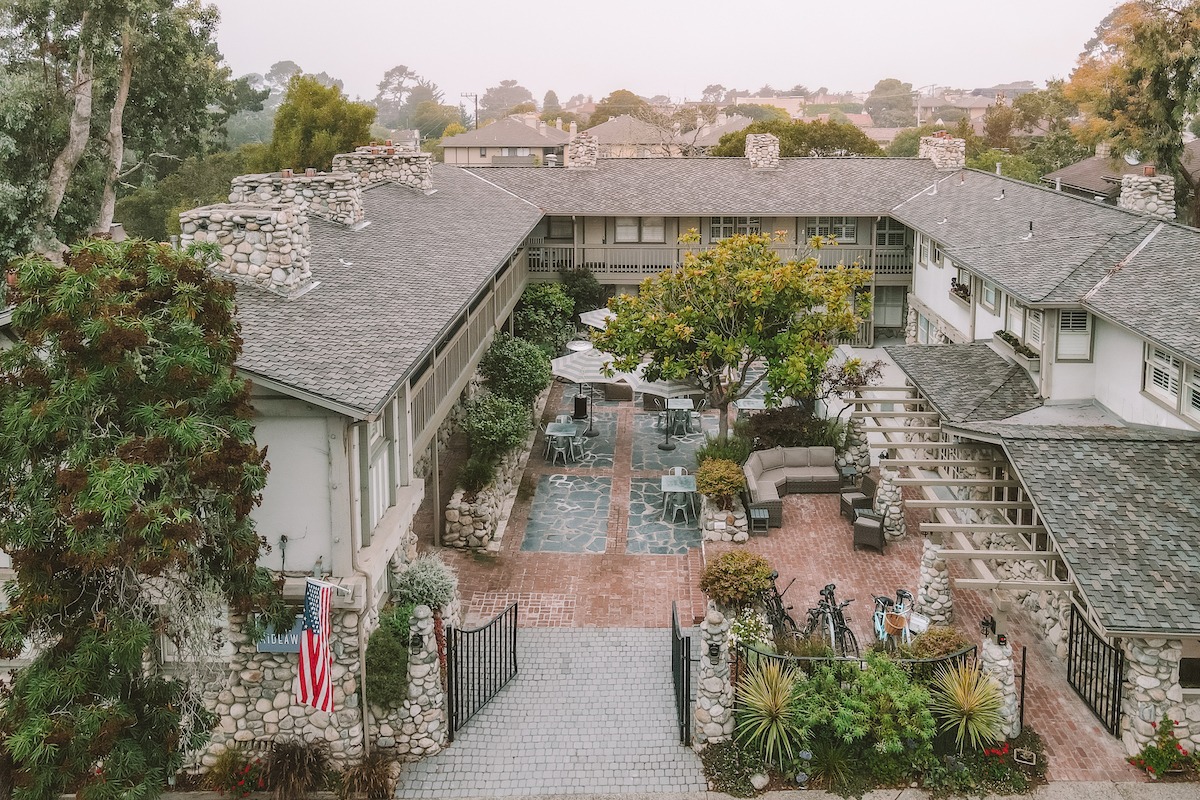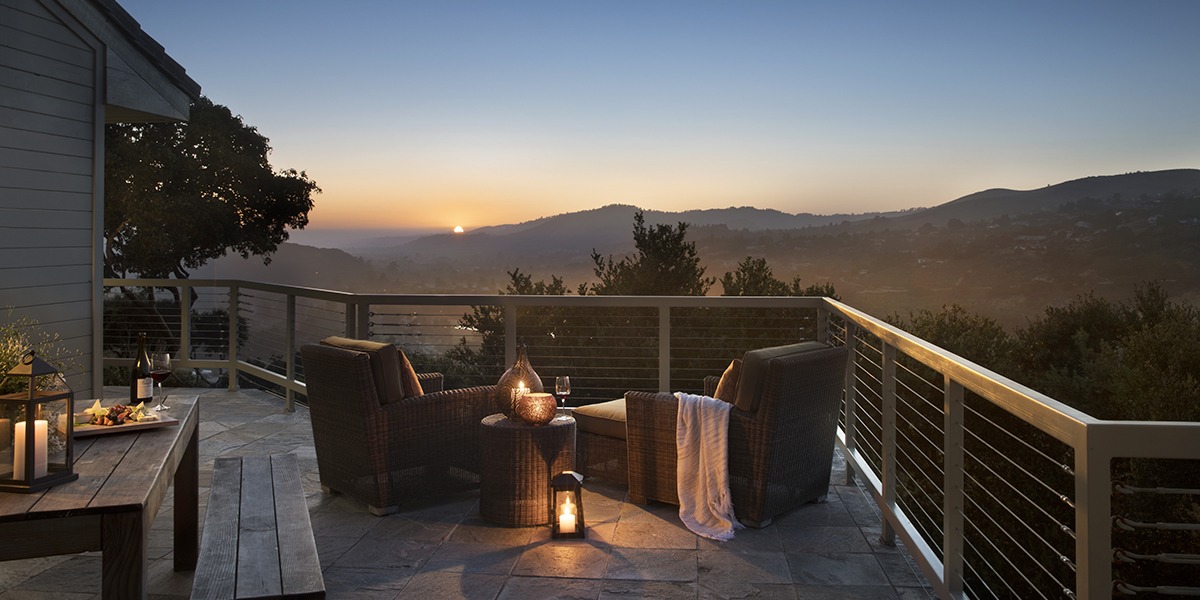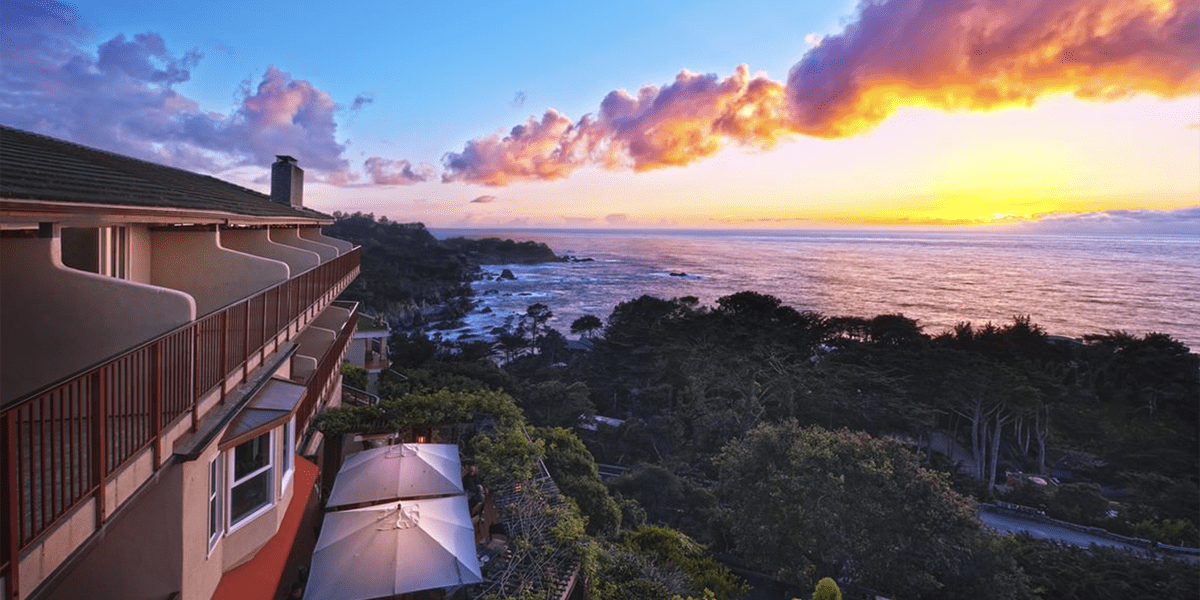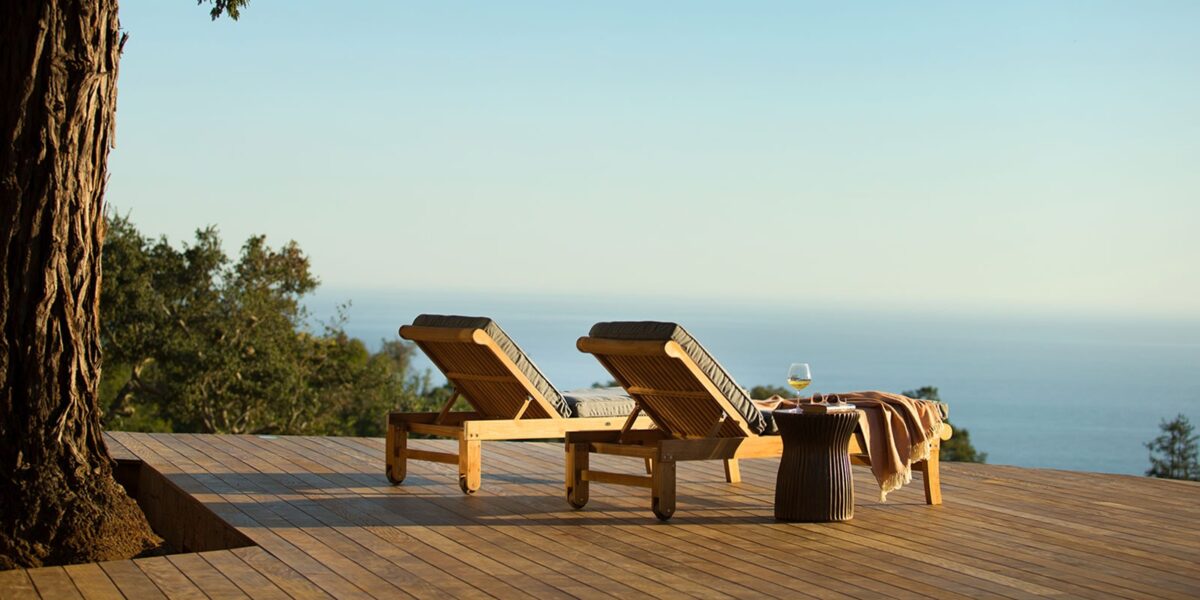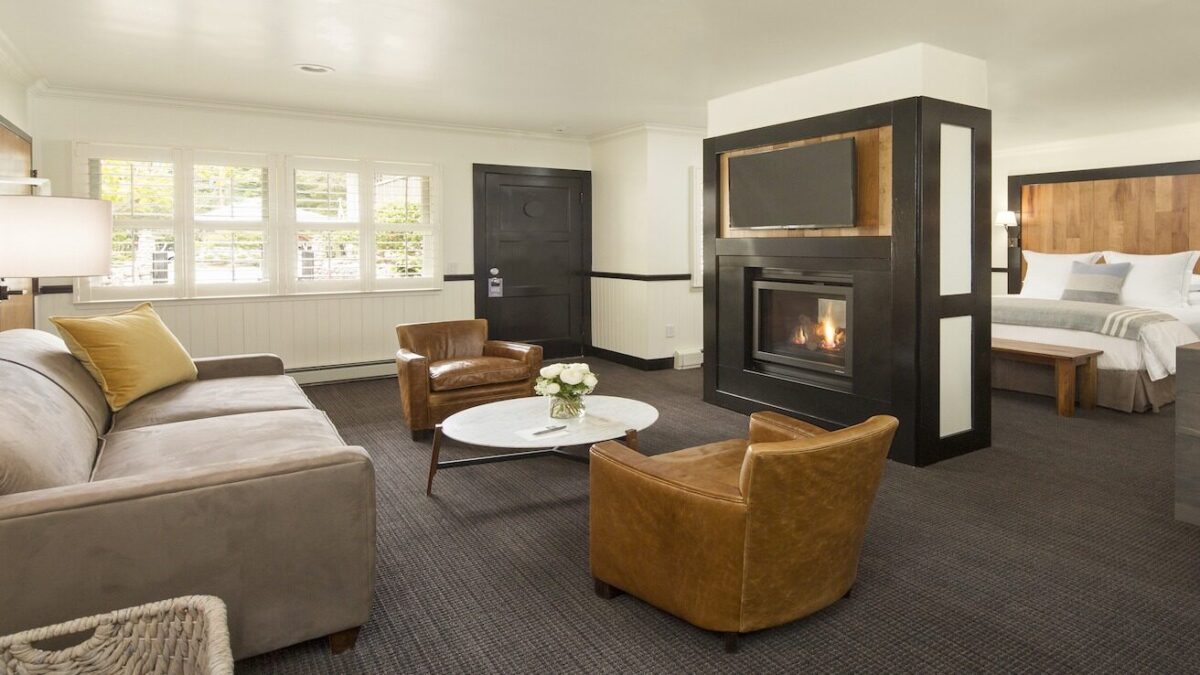Explore Monterey
Featured Photo: Joonyeop Baek via Unsplash
Travel Monterey Like a Local
Everything you need to know about visiting Monterey, curated by local experts
- Nearly 1/4 million tons of sardines were processed on Cannery Row in 1945, the year John Steinbeck’s Cannery Row was published.
- Neon signs, billboards and hot dog stands are prohibited in Carmel-by-the-Sea, and a permit is required to wear high-heeled shoes.
- The Salinas Valley is #1 agricultural region in the U.S. and is dubbed the “Salad Bowl of the Nation”
- Santa Cruz is the birthplace of mainland surfing.
- Founded in 1907, the Santa Cruz Beach Boardwalk is California’s oldest surviving amusement park.
California’s Northern Coast offers unforgettable vistas along the Pacific Coast Highway, and a wealth of fascinating points of interest along the way that prove just as memorable. For this region Local Getaways covers the seaside communities from Monterey south to Big Sur.
Monterey: Another 42 miles south on Highway 1 sits the world-famous Monterey Bay Aquarium along Cannery Row, which is filled with high-end hotels, great restaurants like the C restaurant + bar, and local boutiques. You can go see humpbacks and blue whales from shore or from boats from Moss Landing (across the bay) or famous Fisherman’s Wharf.
Carmel: Nearby appears this small beach town, also known as Carmel-By-The-Sea, and Pebble Beach Golf Links in neighboring Pebble — America’s #1 public golf course (but it will set you back about $600 per round). Take a scenic 17-Mile-Drive, visit Carmel Beach for surfing, go hiking or scuba diving at Point Lobos State Reserve (with reservations), and check out the Carmel Mission that dates back to 1797. Ex-mayor Clint Eastwood owns Mission Ranch, a great Sunday Brunch place; Toro is a superb new sushi spot; and there are many great farm-to-fork, Italian and seafood eateries in the charming, walkable downtown. More than 20 local wineries’ tasting rooms and seemingly infinite shops can be found here too.
Big Sur: Finally, about 25 miles further south is the natural grandeur of Big Sur — Spanish for “Big South.” From the purple sands of Pfeiffer Beach, to the alluring hilltop views from the now all-inclusive Ventana Big Sur, or the wrap-around patio at Nepenthe, there is no shortage of scenic stops. Dress in layers; mornings can be cool and foggy, while afternoons can be warm and sunny.
The history of the Monterey Peninsula is similar to the South Bay. Originally it was home to several tribes of Native Americans, followed by Spanish explorers and ranchos, then American homesteaders in the 1850s — there is still a strong Mexican heritage throughout. This region offers beautiful scenery along the Pacific Coast Highway and a number of fascinating points of interest. For this area we are covering the coastal towns from Monterey south to Big Sur.

